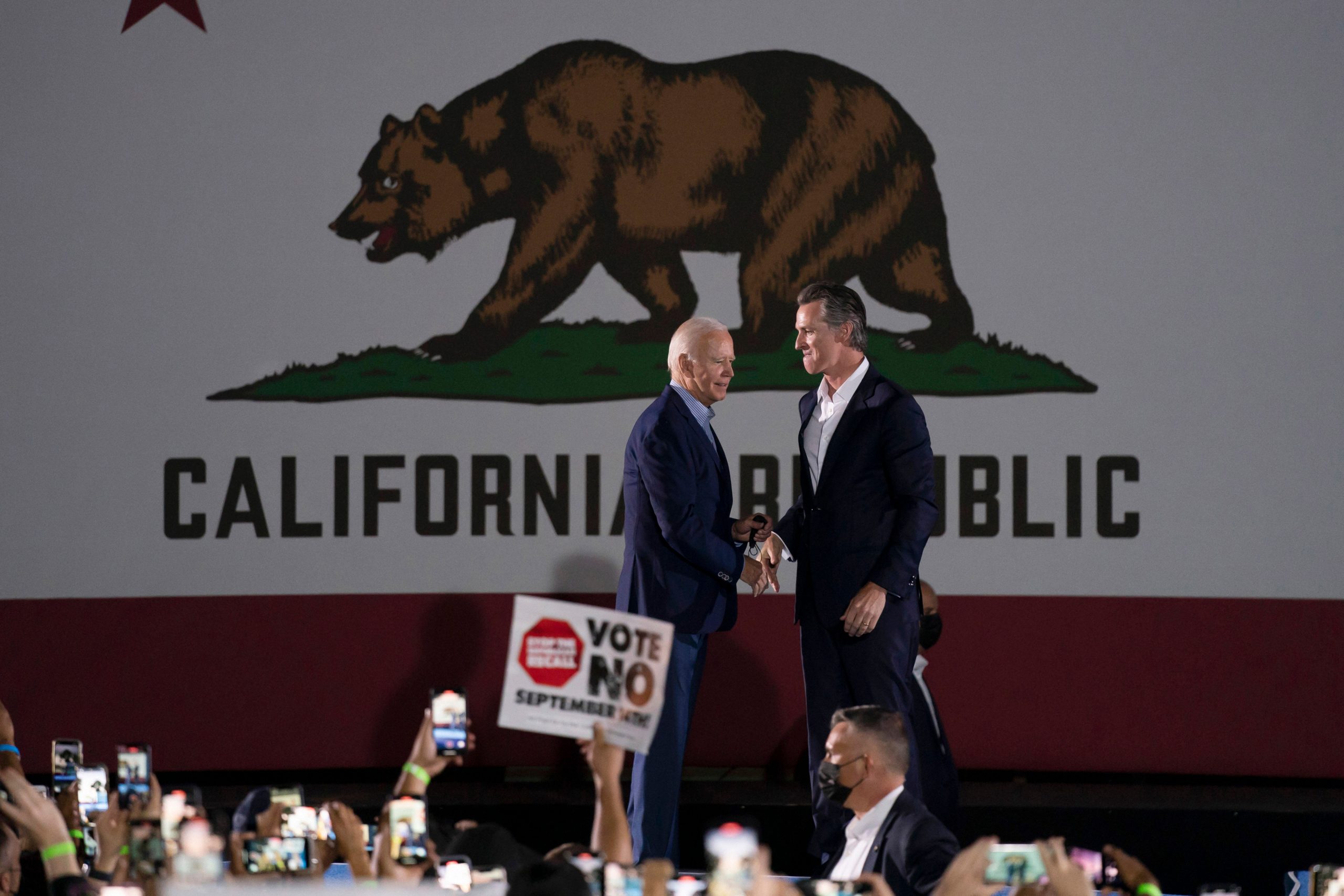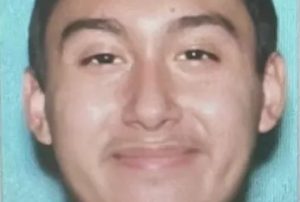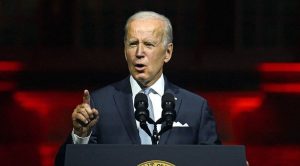As the effort to oust Governor Gavin Newsom heads to the ballot on September 14, a key question is whom voters would pick to replace him? Here is a look at how that part of the election would play out.
If Gavin Newsom is successfully recalled, what is the process to replace him?
Voters will be asked two questions on the ballot. The first is whether they want to get rid of Newsom. The second is if Newsom is recalled, regardless of how they voted on the first question.
If more than 50 percent of voters support ousting Newsom, then the person receiving top votes in the second question automatically becomes governor, regardless of how many votes that person gets.
Also read: Explained: The far-reaching consequences of the California recall election
What are the qualifications to run?
Candidates had until July 16 to file papers to run. They must be American citizens who are registered to vote, or qualified to vote, at the time they obtain nomination papers.
The candidates cannot be convicted of offering, giving or taking a bribe, embezzling public money, perjury or related crimes. They cannot run if they have served two terms as governor since November 6, 1990.
According to the secretary of state’s office, the candidates must also submit 65 to 100 valid signatures on their nomination papers, pay a $4,194.94 filing fee or turn in at least 7,000 valid signatures in lieu of the filing fee.
California Secretary of State Shirley Weber has declared that Newsom’s recall rivals must release five years of tax returns prior to the election, based on a law passed by the state Legislature in the aftermath of President Trump’s refusal to furnish such records.
Also read: VP Harris rallies with California governor Newsom ahead of recall elections
Newsom’s recall is barred from appearing on the replacement section of the ballot.
Who is running?
It is reportedly said that there are more than 70 candidates who filed preliminary paperwork with the Fair Political Practices Commission to run for governor during the recall. As many as 46 will appear on the ballot, the secretary of state’s office announced on July 21.
Five prominent Republicans are among the candidates who are still campaigning to replace Newsom:
Larry Elder:
Larry Elder, a nationally syndicated conservative radio host, is one of the front-runners among the replacement candidates. On July 12, he announced on his show that he was entering the race. He did not appear on the list of candidates who state election officials said had met the requirements to qualify for the ballot, but his campaign insisted that this was an error that would be corrected.
Also read: How Gavin Newsom’s dinner led him to face California recall elections?
Former San Diego Mayor Kevin Faulconer:
This 54-year-old served as a San Diego City Council member from 2006 to 2014, and as mayor from 2014 to 2020 is all set to join the race. Kevin Faulconer, also known as social liberal, had frequently touted his ability to get elected in a Democratic city. He has long been touted as the most likely California Republican to win statewide office, but he is mired in the single digits in recent polling.
Businessman John Cox:
The multimillionaire made his fortune in real estate, investments and property management. He has used his wealth to fund several unsuccessful runs for office — Congress in 2000, Senate in 2002, Cook County (Ill.) Recorder of Deeds in 2004, US president in 2008 and governor of California in 2018.
Caitlyn Jenner:
The Olympic decathlete turned reality TV star’s announcement that she was running invited immediate comparisons to Arnold Schwarzenegger’s successful run during the 2003 recall that ousted Gov. Gray Davis, though the action star had greater involvement in California policy before running for governor than the reality star does.
Assemblyman Kevin Kiley:
The 36-year-old lawyer has been among Newsom’s most acerbic critics. Kiley was one of two GOP lawmakers who sued Newsom over his use of executive orders during the pandemic. A superior court ruled in their favor, but an appeals court overturned the decision.







